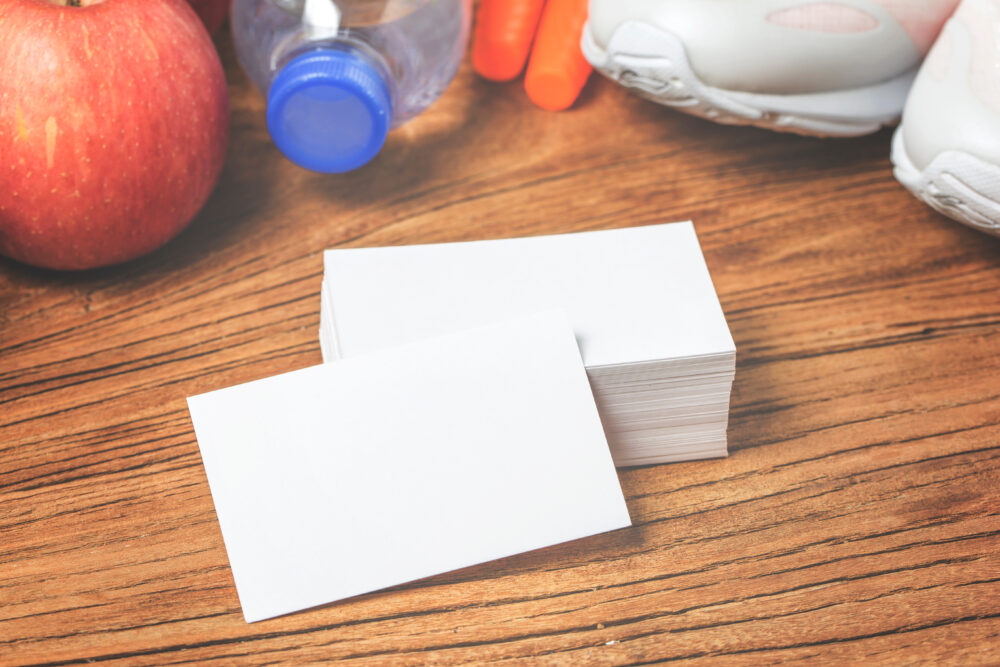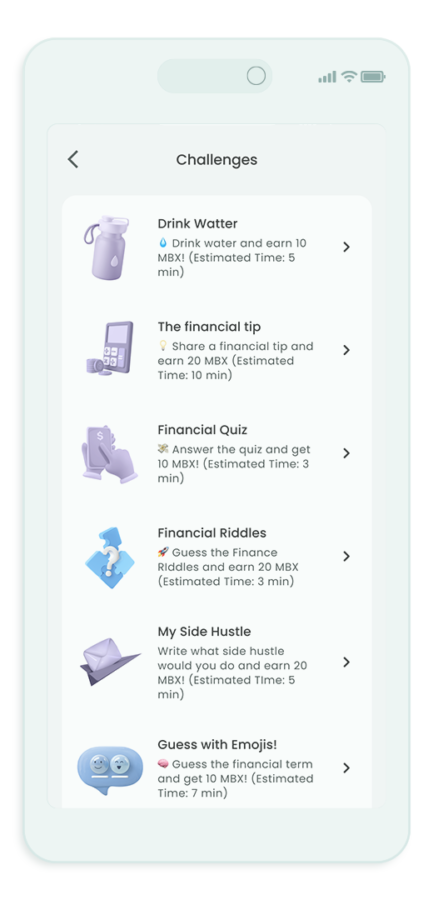
As a parent who grew up in a less-than-financially stable home, I hope to instill the importance of money management into my children. I also hope that I’ll be able to teach them good budgeting skills, how to save, and other things along the way. Today, there are so many different tools, apps, games, and methods you can use to help your kids learn more about personal finance.
Throughout endless searches for ways to help teach kids about money, I came across these lesser-known tools that might be useful. Let’s dive into each of them.
Pinterest Games

Like many other parents, I’m a Pinterest lover. There are so many awesome Pinterest games that can help you teach your kids about money. Here are a few examples:
- Monopoly: While Monopoly isn’t a Pinterest-specific game, it can be a great way to teach your children about budgeting and money. The beloved board game involves cold-hard cash, buying properties, and managing your finances.
- DIY Board Games: Pinterest has a lot of great DIY board game ideas available. If you are up for the task, you can cut your own board game out of cardboard and construct a game that will help teach your kids about money.
- Making Change: One Pinterest game that can be found on the platform is called “Making Change.” This game specifically teaches kids how to make change. For instance, if something costs $3.75 and you hand the cashier $5, how much change will you get? Every right answer earns you actual cash!
There are also tons of printables and other activities you might like to try with your children on Pinterest. You can simply search “how to teach kids about money” to uncover a plethora of fun ideas.
Create an Envelope System

The envelope system is a great way to budget and manage your own money, but it can be an amazing tool to teach your kids too. When using the envelope system for yourself, you would write different budget categories on each slip. In the envelope, you put the cash for the week or month (or whatever your budgeting period is). Then you stick to that amount of cash for that budgeting category. For instance, if you budget $150 per week for groceries, only $150 would go into that envelope and you wouldn’t spend anything additional.
Using the envelope system for teaching purposes looks a little different. You will give your child an allowance and then have them split their allowance into different categories. Maybe they are saving up for a favorite toy or they want money to spend when going out with friends. Whatever the case may be, this will help them see that they need to put money aside for things they want or need. It will also help them think about how they are spending their money more carefully.
Personal Finance Activity Books

If you’re a homeschooler, you know that activity books can be a great tool for teaching kids math, reading, and other subjects. They can also lend a hand in teaching financial lessons. Activity books can be a fantastic educational tool for teaching kids about personal finance in a fun and interactive way. These books often include games, puzzles, and challenges that encourage children to engage with concepts like saving, budgeting, and investing at an early age.
By solving problems and completing activities, kids can learn the value of money, understand the basics of income and expenditure, and develop healthy financial habits. The hands-on approach helps make abstract financial concepts more tangible and relatable. Moreover, activity books can also include stories or scenarios that illustrate the consequences of financial decisions, further reinforcing learning through storytelling and practical application. This method of learning not only keeps the educational process enjoyable but also promotes critical thinking and problem-solving skills, which are crucial for financial literacy.
Financial Literacy Flash Cards

Flash cards may seem a bit traditional, but they can be a great tool to help teach your children about money, and many people don’t use them. Financial Literacy Flash Cards are an effective educational tool for teaching kids about personal finance. These cards feature key financial terms and concepts, such as saving, budgeting, and investing, presented in a simple, easy-to-understand format.
By using flash cards, children can engage in active recall, which helps reinforce memory and understanding of financial principles. This method also allows for interactive learning, where parents or educators can discuss each concept in depth, providing real-life examples to enhance the learning experience. Flash cards are portable and versatile, making them suitable for quick learning sessions anywhere.
Using Their Own Money With Modak

Modak Makers is a great tool to use to help your children learn about money as well. To use the Modak app, your child should be old enough to have their own phone number as the site will send verification texts, etc. In today’s world, everything goes through an app and almost everyone uses a debit card. This tool helps teach your child how to use these things.

Modak Makers offers a comprehensive financial platform designed to educate kids and teens about money management. The website provides a secure banking experience with no monthly fees*, utilizing Modak card accepted wherever VISA** is accepted. Features include real-time transaction tracking, instant account locking and unlocking, and biometric security.
*Fees for expedited or premium services may apply. Find out more in their Cardholder agreement.
**Checking account and the Modak Visa® debit card issued by Lewis & Clark Bank, Member FDIC.

Signing up is easy and you can use the code “STARTMODAK” to get a $10 bonus*** once you complete signup here. Plus, there are fun challenges that will allow you to earn more cash along the way.
***By using the referral code, you agree to abide by the referral terms and conditions outlined in the Modak Referral Program Terms and Conditions.
The Importance of Teaching Your Kids About Money

No matter what tools you decide to use, teaching your children about money is essential to their well-being. Being able to take care of their financial health later in life is invaluable. These lessons are something they will thank you for later.
What tools do you use to teach your kids about personal finance? Let us know in the comments.
Comments